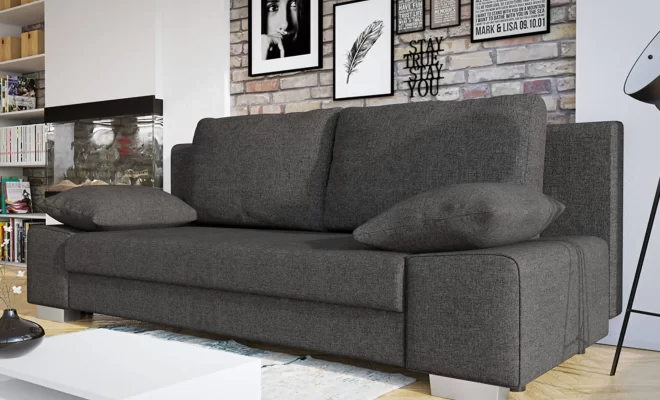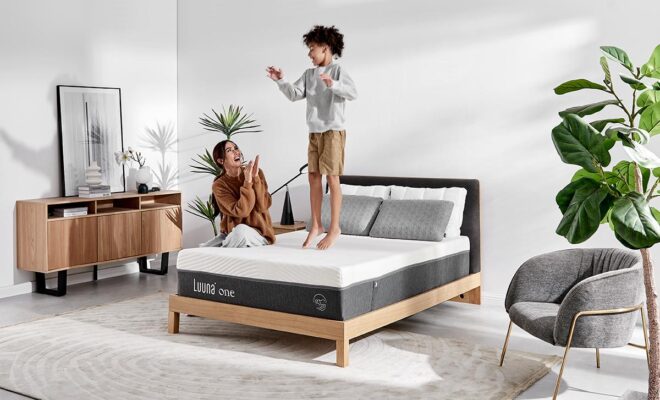The Design Philosophy of Hay
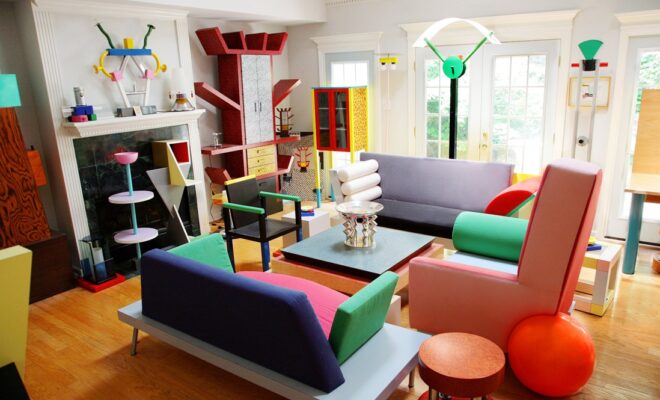
Hay is a Danish design company founded in 2002 by Rolf and Mette Hay. The company offers a range of contemporary furniture, lighting, and accessories, as well as collaborations with various designers.
One of the defining features of Hay’s designs is their minimalist and functional approach to form. They aim to create pieces that are both aesthetically pleasing and useful in everyday life, often using clean lines and simple shapes to achieve this.
Hay’s furniture collection includes everything from chairs and sofas to tables and storage units, with designs that can fit a range of interior styles. They also offer a variety of lighting options, including pendant lamps, floor lamps, and table lamps, featuring both classic and innovative designs.
In addition to their own designs, Hay has collaborated with several renowned designers and artists, such as Ronan and Erwan Bouroullec, Sebastian Wrong, and Inga Sempe, to name a few. These collaborations have resulted in some of Hay’s most iconic and memorable designs.
Hay has received numerous awards and accolades for its designs and contributions to the design industry. They have showrooms and stores around the world, including in Copenhagen, New York, London, Tokyo, and Sydney.
Overall, Hay is known for its innovative and functional designs, as well as its collaborations with top designers and artists in the industry.
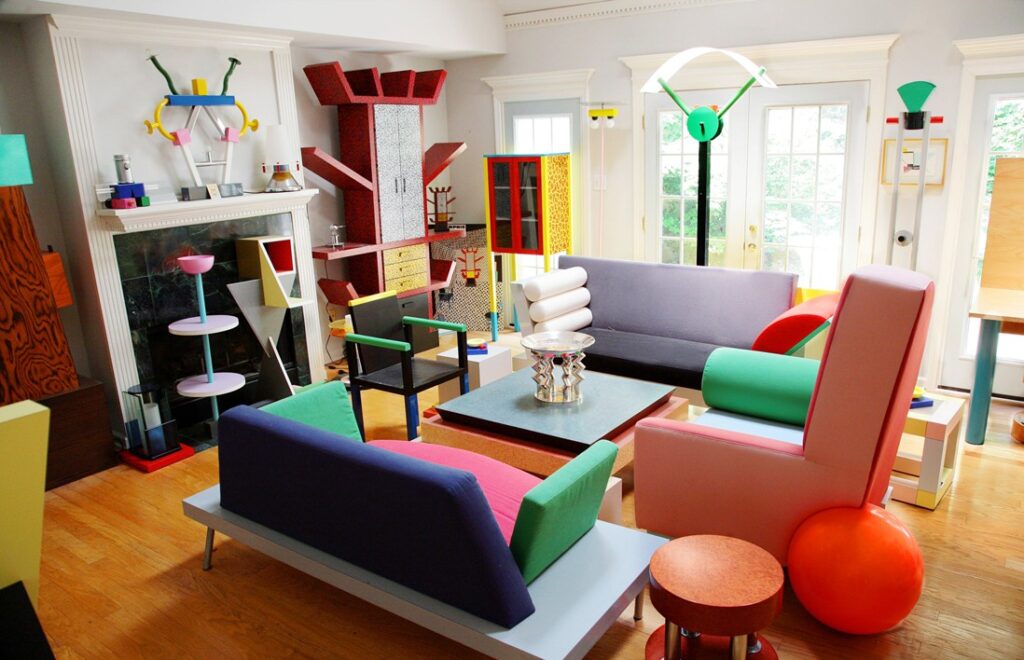
Hay’s Design Philosophy and its Origins
Hay’s design philosophy is rooted in the Danish tradition of simple and functional design. The brand was founded in Copenhagen in 2002 by Rolf and Mette Hay, with the aim of creating high-quality and affordable furniture and home accessories that combine traditional craftsmanship with modern design sensibilities.
The brand draws inspiration from the mid-century Danish design heritage, which emphasized clean lines, functionality, and a focus on user experience. Hay’s founders sought to bring this tradition into the 21st century by incorporating modern materials and production techniques, as well as collaborating with a diverse range of international designers.
Hay’s design philosophy is characterized by a focus on simplicity and practicality. The brand’s furniture and accessories are designed to be both visually striking and highly functional, with each product serving a specific purpose in the user’s daily life. The brand’s products are often modular or customizable, allowing users to adapt them to their unique needs and preferences.
In addition to Danish design traditions, Hay also draws inspiration from other design movements and cultural contexts. The brand’s collaborations with international designers, including Ronan and Erwan Bouroullec, Inga Sempé, and Stefan Diez, have resulted in a diverse range of products that reflect different design sensibilities and cultural backgrounds.
Hay’s design philosophy has resonated with a wide range of consumers worldwide, who appreciate the brand’s focus on quality, functionality, and aesthetics. The brand’s products can be found in homes, offices, and public spaces around the world, and its design philosophy has contributed to shaping the broader conversation around contemporary furniture and home accessories.
Overall, the origins of Hay’s design philosophy can be traced to the rich heritage of Danish design, which emphasizes simplicity, functionality, and a focus on user experience. However, the brand has also transcended this tradition to incorporate a diverse range of design sensibilities and cultural influences, resulting in a distinct and highly regarded product offering.

The Role of Scandinavian Design in Hay’s Aesthetic
Scandinavian design has had a profound influence on Hay’s aesthetic, a Danish design company founded in 2002 by Mette and Rolf Hay. The company is known for its minimalist and functional design approach, heavily inspired by Scandinavian design traditions.
Scandinavian design emerged in the early 20th century with the aim of creating functional and well-designed products accessible to everyone. It was influenced by the Arts and Crafts movement, which emphasized the value of handmade objects, as well as the principles of modernism, which sought to create objects that were simple, practical, and aesthetically pleasing.
One of the key aspects of Scandinavian design is its emphasis on functionality. The designers who pioneered the style believed that design should be practical and useful as well as beautiful. This philosophy is reflected in Hay’s approach to design, which places a premium on simplicity and functionality.
Hay’s furniture designs are characterized by clean lines, simple shapes, and understated elegance. The company’s products are made from quality materials such as solid wood, metal, and leather, and are designed to be durable and long-lasting. The company’s designers use a subdued color palette, with neutral tones like white, black, and gray predominating.
Another key element of Scandinavian design is the use of natural materials. The designers who pioneered the style believed that natural materials such as wood, leather, and wool were superior to synthetic materials, both in terms of their aesthetic qualities and their impact on the environment. Hay’s designers share this belief, and many of the company’s products are made from natural materials such as oak, ash, and wool.
The craft tradition is another influence on Hay’s design aesthetic. The company collaborates with a network of highly skilled artisans and manufacturers, many of whom are based in Denmark and other parts of Scandinavia. These artisans use traditional techniques to produce high-quality products that are both functional and beautiful.
Overall, the role of Scandinavian design in Hay’s aesthetic is significant. The company’s minimalist and functional design approach is deeply rooted in the Scandinavian design tradition, reflected in the company’s focus on simplicity, functionality, natural materials, and craftsmanship. This approach has made Hay one of the most respected and influential design companies in Scandinavia and beyond.
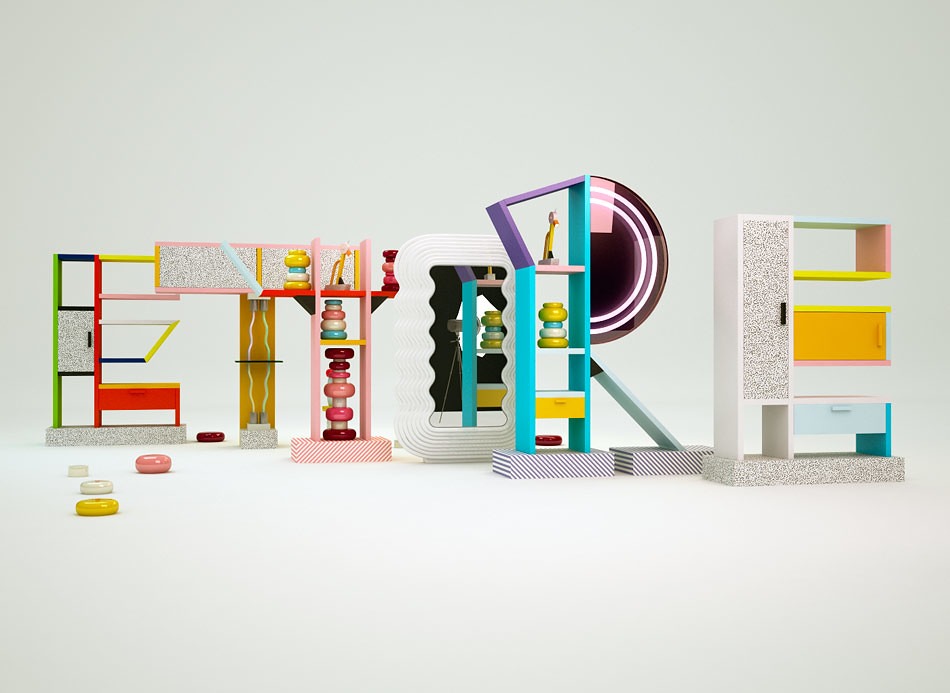
Conclusion
In conclusion, Hay’s design philosophy is deeply rooted in simplicity and functionality. The company draws inspiration from Scandinavian design, focusing on clean lines, natural materials, and understated elegance. Hay’s commitment to sustainable practices and superior craftsmanship has made it a favorite among design enthusiasts worldwide. By combining innovative design with practical functionality, Hay has created a range of furniture and home accessories that are both beautiful and useful. Whether you’re looking for a statement piece or a practical solution for everyday needs, Hay’s designs are sure to offer something that will elevate your space and simplify your life.
